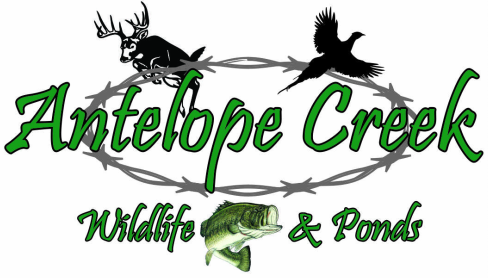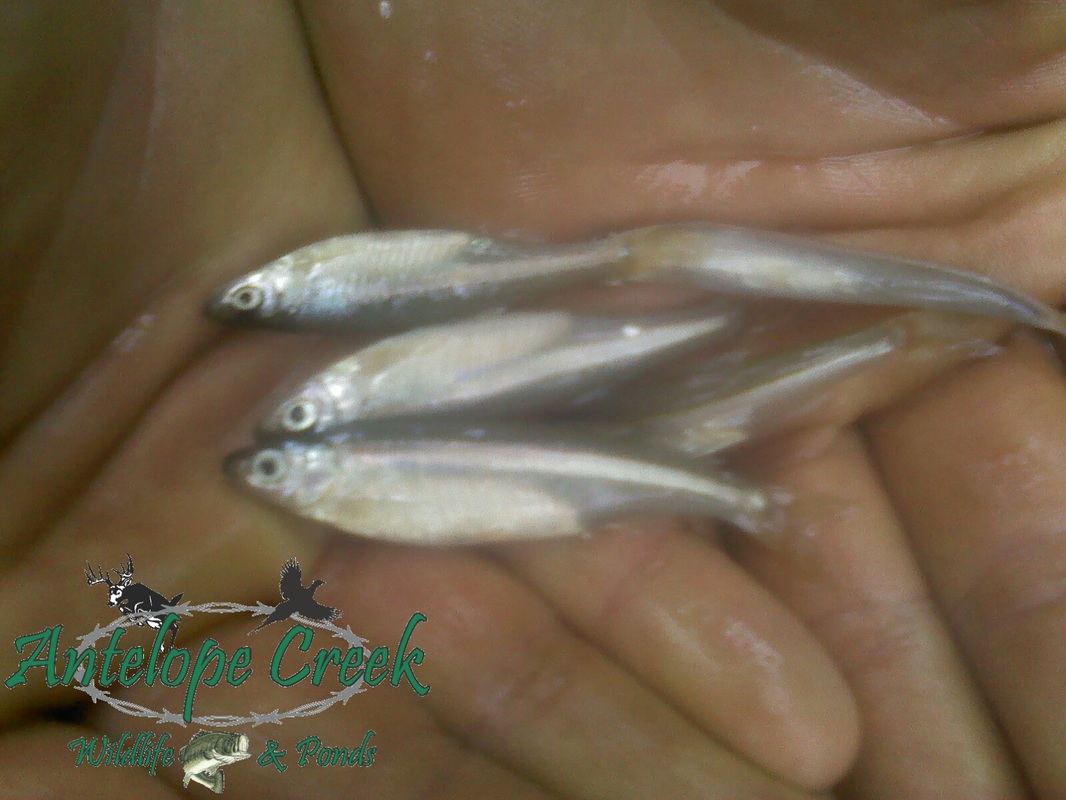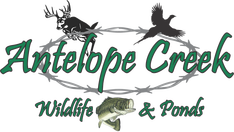It will take 10 pounds of forage for game fish to gain one pound of weight. This means that your pond needs to be constantly producing large amounts of food for you to reach your fishery goals. Each size class of fish and each species requires a little different food source to grow. When fish are first hatched they absorb their yolk sac for nutrients followed by microscopic food sources such as plankton followed by zooplankton. Their mouths are small so most of these food sources are ones you will not see. This is where water color comes into play. If your ponds water is crystal clear there is little available phytoplankton and other microscopic food sources for these young fish to grow. The more fertile your waters the more likely these young fish are to survive.
Not only to these young fish serve as replacements in the population to keep your fishery going, but they also serve as a food source for larger fish. You need to have fish of all age and size classes to have a successful food chain. When first stocking a pond fathead minnow are a great choice to get a lot of food in your waters before stocking those predators. This will allow prey species such as bluegill to establish as well. Though not the most economical option, you could also supplemental stock minnow species for additional feed. Another option is to feed fish food.
If your waters are infertile feeding your fish might be the best option to get those young fish growing. It can also be used as a supplemental food source for the species of choice. Many people do not like to wait to get results from Mother Nature, so feeding is the best option to get bigger fish faster. If you decide to feed make sure you spend the money on a good, high quality fish food such as Purina so you get the best bang for your buck.
Think of producing a food chain just as planting food plots for wildlife species. Providing substantial amounts of forage will allow them to meet their nutritional needs to better meet their potential. When establishing minnow species do research in your area to determine the best species for your region. Also remember to monitor your food chain to make sure you aren’t running into recruitment issues or losing age classes due to a poor spawn. Watching the food chain starting at the bottom with phytoplankton, measured through water color and depth readings, will help you see trends of potential issues arising in your fishery.
Remember to plan and manage today for a better tomorrow!
Brett Kleinschmit


 RSS Feed
RSS Feed
